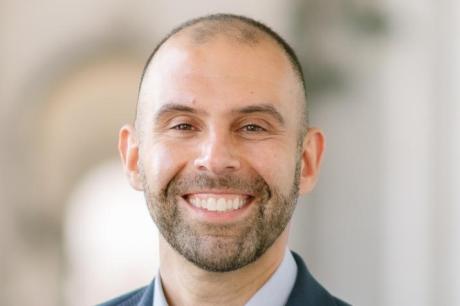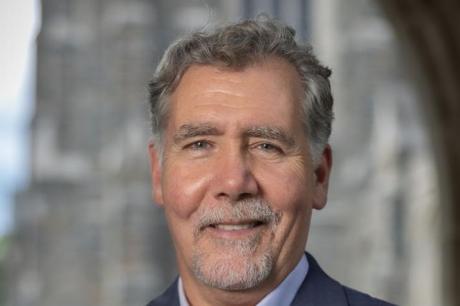Published December 6, 2007, last updated on March 12, 2013
Part 9 of a series on global health at Duke: By: Linda George, professor of sociology
Our planet is graying. In every major society today, there are ever-increasing numbers and proportions of people over the age of 65.
Indeed, the fastest growing segment of most societies is now the “oldest old”-individuals who are 85 and older. This “graying of the planet” will continue for at least the next 50 years-until today’s high school students are senior citizens.
As stated in a recent report by the Center for Strategic and International Studies, “No challenge is as certain as global aging and none is likely to have as large and enduring an effect-on the size and shape of government budgets, on the future growth in living standards, and the stability of the global economy and even the world order.”
The larger proportion of elderly compared to younger generations is the result of two population trends: declining birth rates and increasing life expectancy. These trends affect every part of the globe, although at different rates.
For example, life expectancy has increased by roughly 40 years during the past century in Europe, and birth rates have fallen to below replacement rates, making Europe the continent with the highest proportion of elderly.
Developing societies-primarily in Asia, Africa and South America-are younger, but are aging at a faster rate than was historically true for industrialized societies. China, in particular, is aging rapidly because of its “one-child” policy, which has led to unusually small cohorts of children and young adults.
The aging of society poses a variety of challenges to the younger generations that will support and succeed their elders. Chief among these is how to provide appropriate health care for older citizens. Here in the United States, Medicare costs are projected to account for 9 percent of the gross domestic product by 2050. Payroll taxes for Medicare alone would have to quadruple to maintain current coverage levels. Will younger generations be willing to pay the price of sustaining Medicare benefits at the current levels?
Worldwide, the vast majority of health care dollars have traditionally been spent on acute illnesses-medical conditions that either resolve with treatment or lead rapidly to death. But chronic illnesses are increasing at an astounding pace in the United States and other developed countries. These are diseases such as diabetes and heart disease for which cure is an unrealistic goal, but which can be medically managed to maximize disability-free life.
Developed countries are painfully evolving from acute-care models of health care delivery to chronic care models. But the challenges are even greater in developing countries.
As societies rapidly age, chronic diseases will become the major challenge to the health care systems in the developing world. This puts these countries in the unenviable position of providing medical care for acute conditions and simultaneously developing the resources needed for managing chronic conditions.
What do those resources look like?
The keys to effective chronic care include early detection, consistent medical management as these progressive diseases worsen and interventions that address the needs of the disabled. Because of the long-term nature and the disability that often accompanies chronic illness, more than physician care is needed. The disabled chronically ill also need supportive services such as transportation, help with housework, assistive devices (such as wheelchairs and walkers) and, for the most disabled, full-time custodial care. And, of course, effective and ongoing treatment of chronic illnesses is much more expensive than treatment for acute conditions.
Meeting the needs of an aging population requires a transformation of health care systems designed on acute-care models. An older population is a sicker population. Medical school curricula must be redesigned to focus primarily on chronic illnesses. Health care manpower needs increase-not only the per-capita number of physicians and nurses, but also a wide variety of medical technicians, rehabilitation workers and social workers. Different kinds of equipment are required for hospitals and clinics. Health care financing programs, whether public or private, need to reimburse more, different and likely more expensive services.
Thus, global health is largely an issue of global aging. Improving basic medical care and public health during childhood and early adulthood are important in part because they result in healthier older adults. But preventing and treating chronic illnesses will be the primary global health care priority for decades to come, no matter where in the world you live.
Linda George is a professor of sociology and the associate director of Duke’s Center for the Study of Aging and Human Development.
________________________________________
© Copyright 2008 The Chronicle
Originally published at Duke Chronicle


